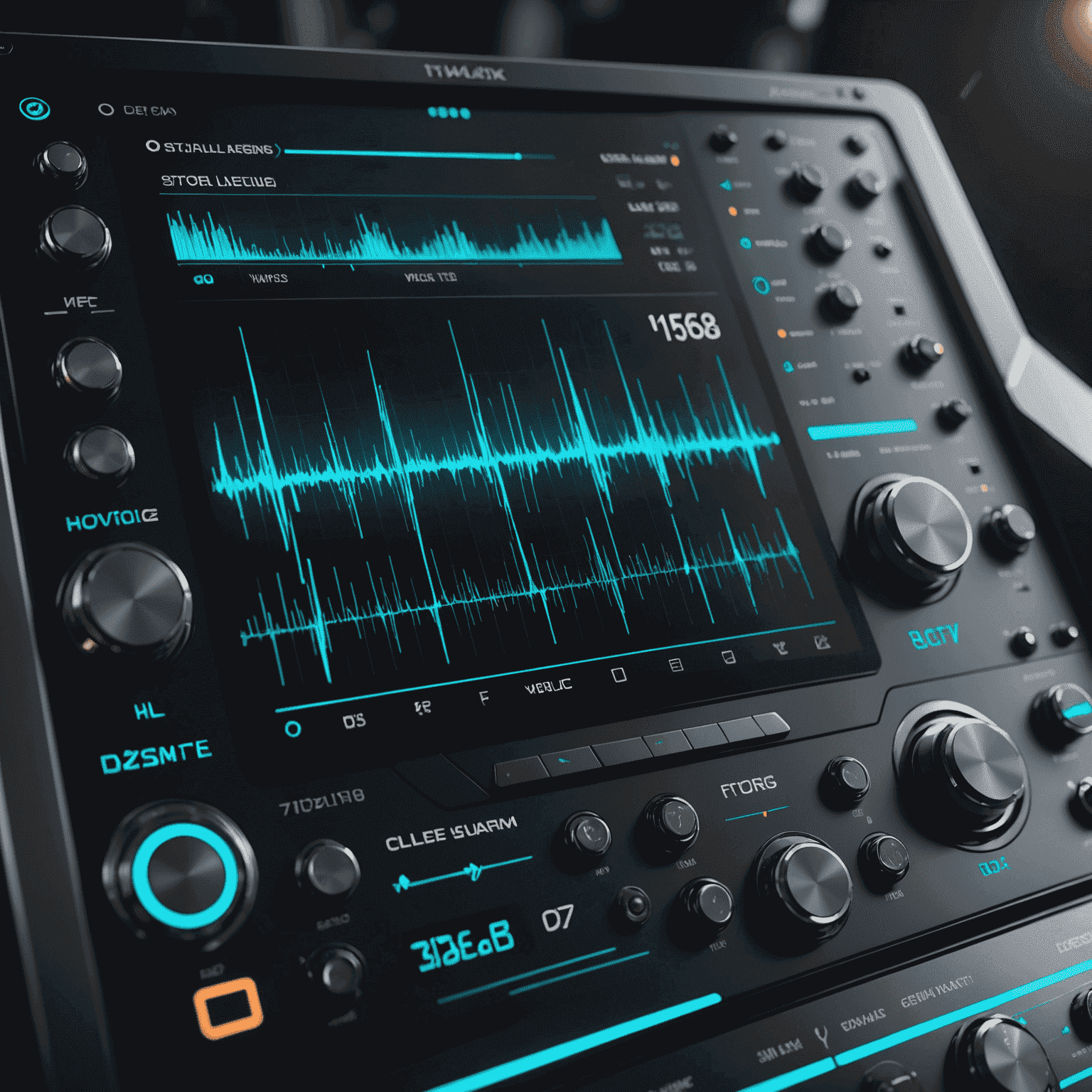The Future of Real-Time Voice Modulation

As we venture further into the digital age, the realm of voice changing technology is experiencing a revolutionary transformation. Real-time voice modulation is no longer just a novelty; it's becoming an integral part of communication, entertainment, and even professional applications. Let's explore the cutting-edge trends and innovations that are shaping the future of this exciting field.
AI-Powered Voice Synthesis
Artificial Intelligence is at the forefront of voice modulation advancements. Machine learning algorithms are now capable of analyzing and replicating human voices with unprecedented accuracy. This technology goes beyond simple pitch shifting, allowing for nuanced changes in tone, accent, and even emotional inflection.
Imagine a voicemod system that can instantly transform your voice into that of a different gender, age, or even a fictional character, all while maintaining natural-sounding speech patterns. This level of sophistication opens up new possibilities for content creators, voice actors, and even individuals seeking to protect their identity online.
Real-Time Language Translation

One of the most exciting developments in voice modulation is its integration with real-time language translation. As global communication becomes increasingly important, the ability to speak and be understood in any language is invaluable.
Advanced voice changing technology, combined with neural machine translation, will soon allow users to speak in their native language while listeners hear the conversation in their preferred language, all in real-time. This breakthrough has enormous potential for international business, diplomacy, and cultural exchange.
Enhanced Soundboard Integration
The humble soundboard is evolving into a sophisticated tool for voice modulation. Future soundboards will not just play pre-recorded sounds but will intelligently blend them with the user's voice in real-time. This seamless integration will allow for more dynamic and interactive audio experiences.
Content creators and streamers will be able to enhance their performances with perfectly timed sound effects and voice changes, creating immersive and entertaining experiences for their audiences. The line between voice and sound effect will blur, offering unprecedented creative control.
Emotional Intelligence in Voice Modulation
As AI continues to advance, voice modulation technology will become more emotionally intelligent. Systems will be able to detect the emotional state of the speaker and adjust the voice output accordingly. This could have significant applications in fields such as mental health, where voice analysis could help in early detection of mood disorders.
Moreover, this technology could assist individuals with emotional expression difficulties, providing them with tools to better convey their feelings through voice modulation.
Privacy and Security Considerations

As voice modulation technology becomes more advanced and widespread, privacy and security concerns will come to the forefront. Future developments will need to address issues such as voice authentication bypassing and the potential for misuse in creating deepfake audio content.
Expect to see robust encryption methods and blockchain technology being implemented to ensure the integrity and security of voice data. These measures will be crucial in maintaining trust in voice-changing applications across various sectors.
Conclusion
The future of real-time voice modulation is bright and filled with exciting possibilities. From AI-powered voice synthesis to emotionally intelligent modulation, the technology is set to transform how we communicate, create, and interact with the world around us. As these innovations continue to evolve, they will undoubtedly play a significant role in shaping our digital landscape, offering new tools for expression, understanding, and connection in an increasingly global society.